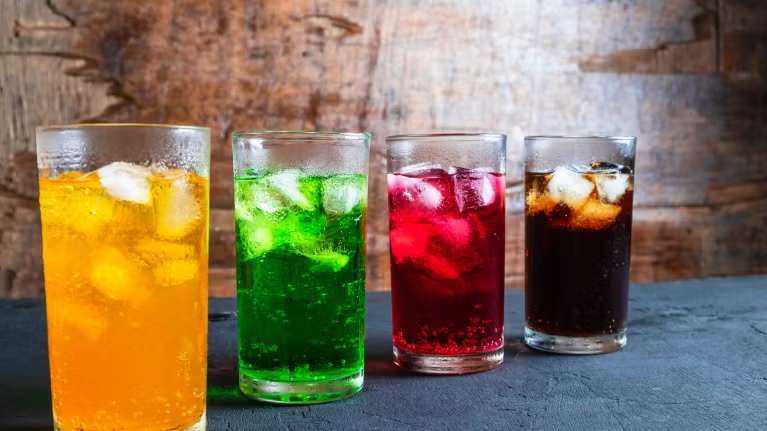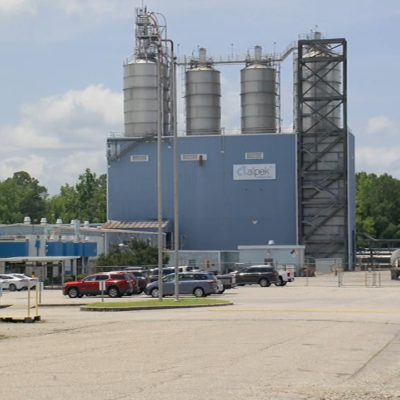The carbonated soft drink industry has long been a dominant force in the global beverage market. However, in 2024, the sector is experiencing significant changes driven by shifting consumer preferences, new regulations, and innovative product offerings. From declining soda consumption to the rise of healthier alternatives, here’s a look at the latest trends shaping the industry.
Declining Sales of Traditional Sodas
Over the past decade, traditional sodas have seen a steady decline in sales as consumers become more health-conscious. In 2024, this trend continues, with major brands like Coca-Cola and PepsiCo reporting lower demand for their full-sugar beverages. Increased awareness of obesity, diabetes, and other health concerns linked to sugary drinks has pushed many consumers to seek healthier alternatives.
Governments worldwide are also playing a role in reducing soda consumption. Many countries have implemented sugar taxes, making carbonated soft drinks more expensive. In response, beverage companies have been forced to reformulate their products, offering lower-sugar or sugar-free versions to maintain their customer base.
A significant factor contributing to the decline of traditional soda sales is the growing concern over artificial ingredients and preservatives. Consumers are reading labels more carefully than ever before, and many are choosing to avoid beverages with high-fructose corn syrup, artificial sweeteners, and chemical additives. This shift has led many brands to invest in cleaner formulations, removing controversial ingredients to align with the demand for more transparent and natural products.
The Rise of Healthier Alternatives
One of the biggest shifts in the beverage industry is the growing popularity of healthier soft drinks. Sparkling water, kombucha, and functional beverages infused with vitamins, probiotics, and adaptogens are taking over supermarket shelves. Brands like LaCroix, Spindrift, and Olipop are capitalizing on the demand for drinks that provide hydration and health benefits without the added sugar and artificial ingredients.
Another key trend is the use of natural sweeteners like stevia and monk fruit as replacements for high-fructose corn syrup and artificial sweeteners. These alternatives offer the sweetness consumers crave without the negative health effects associated with traditional sugar. The growing demand for gut-friendly drinks has also led to an increase in probiotic sodas, which support digestive health while still providing the fizzy sensation that soda lovers enjoy.
Functional beverages are quickly gaining popularity as well. Many new carbonated drinks now include ingredients such as collagen for skin health, CBD for relaxation, and caffeine from natural sources like green tea for an energy boost. Consumers are increasingly looking for beverages that provide more than just refreshment—they want products that contribute to their overall well-being.
Innovation in the Soft Drink Industry

To stay competitive, traditional soda companies are investing in innovation. Many are launching new product lines that cater to changing tastes. PepsiCo’s Bubly and Coca-Cola’s AHA are examples of how big beverage companies are adapting by entering the sparkling water market.
Additionally, there is a growing interest in plant-based and functional ingredients. Soft drinks infused with electrolytes, CBD, or caffeine derived from natural sources are becoming mainstream. Consumers are looking for beverages that provide energy, stress relief, or digestive health benefits alongside refreshment.
Sustainability is also a major focus in the industry. Companies are working to reduce plastic waste by using eco-friendly packaging, increasing recycling efforts, and introducing aluminum cans and glass bottles as preferred alternatives to plastic. More brands are committing to sustainability goals, such as reducing carbon footprints and ensuring that their packaging is 100% recyclable or compostable.
Artificial intelligence (AI) and technology are also playing a role in beverage innovation. Some companies are using AI to analyze consumer preferences and develop new flavors based on data-driven insights. Personalized nutrition is another emerging trend, with brands experimenting with customizable drinks that allow consumers to select ingredients tailored to their health goals.
Consumer Preferences and Market Shifts
The demographic driving these industry changes includes younger generations, particularly Millennials and Gen Z, who prioritize health, sustainability, and transparency. These consumers are more likely to support brands that align with their values, such as those promoting environmental responsibility or social causes.
One of the most significant shifts is the increased demand for transparency in labeling. More consumers want to know exactly what is in their drinks, leading to a rise in clean-label beverages that feature minimal, natural ingredients. Brands that emphasize organic and non-GMO certifications are gaining traction as shoppers become more mindful of what they consume.
Another factor influencing the market is the rise of the sober-curious movement, which encourages people to reduce or eliminate alcohol consumption. As a result, many beverage companies are introducing alcohol-free carbonated drinks that mimic the taste and experience of traditional cocktails, catering to a growing audience that enjoys social drinking without the effects of alcohol.
The Future of Carbonated Soft Drinks
Looking ahead, the carbonated soft drink industry will continue evolving as brands innovate and adapt to consumer demands. The push toward healthier ingredients, functional beverages, and sustainable packaging is expected to shape the future of the market. While traditional sodas may never disappear completely, their dominance is being challenged by a new wave of better-for-you beverages.
One major area of growth is the development of hybrid beverages that combine different categories into one. For example, some companies are merging coffee with carbonated water to create fizzy, caffeinated drinks, while others are blending sparkling water with fruit juice for a refreshing alternative to traditional sodas. These hybrid drinks offer variety and cater to consumers who seek new and exciting flavors.
Technology will also continue to drive the industry forward. Smart vending machines, personalized beverage subscriptions, and direct-to-consumer models are becoming more popular, making it easier for people to access their favorite drinks. Brands that embrace digital transformation and leverage data-driven strategies will have a competitive edge in the market.
As more consumers prioritize health and wellness, the brands that can successfully offer delicious, functional, and guilt-free drinks will thrive in the evolving soft drink landscape. The industry is set for continued transformation, ensuring that the next generation of beverages will be more diverse, health-conscious, and sustainable than ever before.
Conclusion
The carbonated soft drink industry is undergoing a major transformation, driven by changing consumer habits, health concerns, and environmental awareness. While traditional sodas still have a place in the market, their influence is waning as healthier alternatives take center stage.
Companies that prioritize innovation, transparency, and sustainability will be the ones that succeed in this evolving landscape. Whether it’s through functional beverages, cleaner ingredients, or eco-friendly packaging, the future of carbonated soft drinks will be defined by a commitment to health and sustainability.
As we move forward, one thing is clear: the beverage industry is no longer just about quenching thirst—it’s about providing consumers with drinks that align with their values and lifestyles. And in this rapidly changing market, those who adapt will continue to fizz with success.
Florida State Baseball Game Preview: Key Matchups & Predictions





